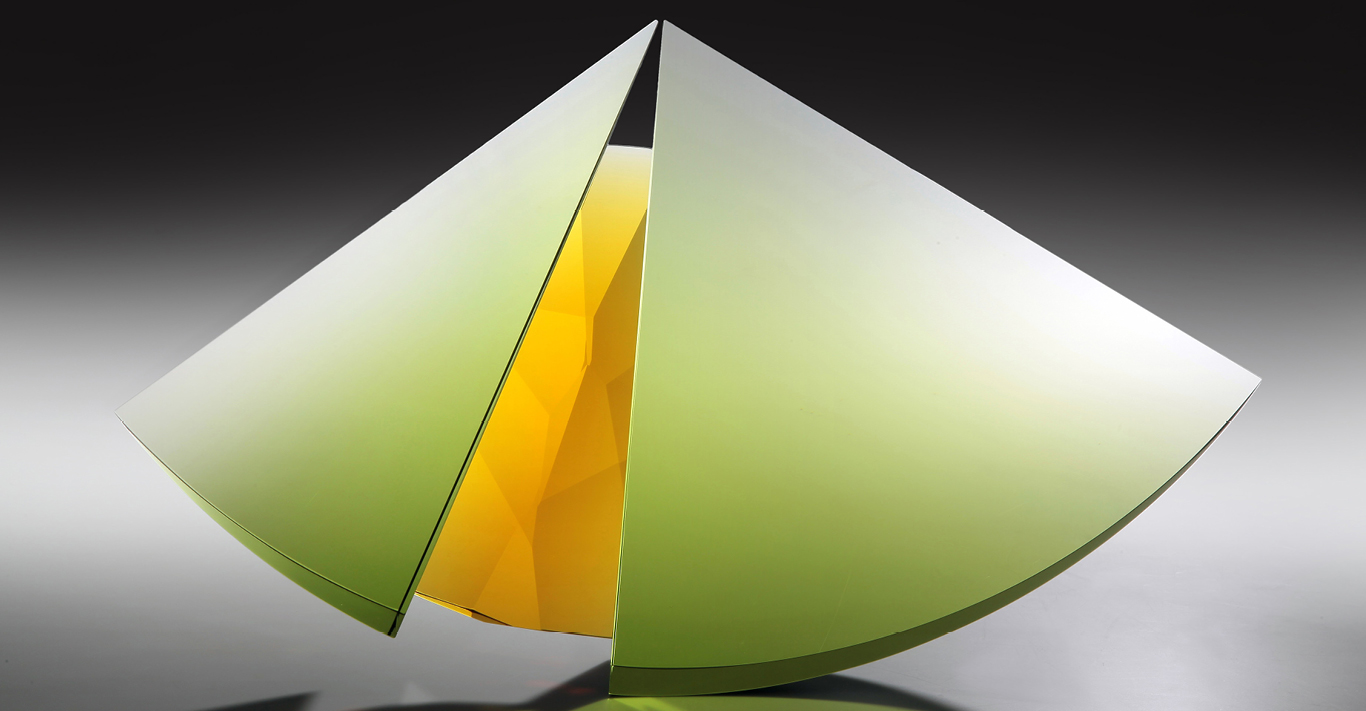WORDS
Amy Raphael
Art fairs like PAD London 2024 have been around since 1967, when Kölner Kunstmarkt – or Art Cologne – became the first in the world. In the past six decades or so, everything has changed. Although art fairs will always, unavoidably, be about monetary transactions between galleries and collectors, they have also become increasingly creative platforms that soften the traditional categorisation of what art is. As a result, the snobbery that long dictated design as inferior to painting has mostly fallen away.
Part of that changed perception of design is due to two disruptors. In 2006, Löic Le Gaillard and Julien Lombrail launched the Carpenters Workshop Gallery in Chelsea, three years after the birth of Frieze London. Their website states their longstanding manifesto: “We are not interested in design.” Instead, they say their energies are focused ‘on this specific and rare moment when design becomes art: the inception of a new movement, a debate of form versus function.’ Last year, Le Gaillard told the Financial Times that ‘London was buzzing [in 2006]. It was the beginning of Frieze and the arrival of power contemporary art galleries. We thought we could present a French way of looking at collection design.’
It made sense for Le Gaillard and Lombrail to team up with Patrick Perrin, who launched the Pavilion of Art and Design (more commonly referred to simply as PAD) in Paris in 1998. Perrin has always been ahead of the curve: when he says that it’s always been his destination to work in the art market, it’s not a glib comment, since he is proudly a fourth-generation Parisian antique dealer whose great-grandfather was a dealer in the 1890s. In 2007, the first London iteration of PAD – initially known as DesignArt London – took place during Frieze and immediately made an impression on the world of design.
In 2008, The New York Times wrote about satellite events on the fringe of Frieze, naming DesignArt London as a fair that offered a window into “an avant-garde world where art, architecture and design blend as one”. PAD London, which is held in a handsome tent pitched in Mayfair’s Berkeley Square, now invites over 60 international galleries to come together from across Europe, North America and Asia to present not only 20th-century design, but also art, photography, collectible jewellery and decorative work.
Its success runs parallel with institutions such as the Design Museum and the V&A subverting expectation with experimental exhibitions. Inevitably, with Perrin’s heritage, PAD London respects the past, but it isn’t stuck in it or afraid to take risks. This year’s edition, the 16th, is no different. There will, of course, be household names such as Marc Newson, one of the most influential designers of his generation. Galerie Kreo, located in the heart of Saint-Germain-des-Prés in Paris – where Perrin himself lives in an apartment packed full of design pieces – will present Newson’s Quobus 2, 4, 6 Multicolored, a limited-edition modular display unit made of coloured enamelled steel, with gold brass screws.
Yet much of the work will only be known to serious design fans. Ten new galleries – as in, new to PAD London – have been added to the roster, many of which are based in the capital. London Glassblowing, one of Europe’s foremost glass art galleries and one of the longest-running hot glass studios, was founded by Peter Layton in 1976. Layton points out that they are the first dedicated glass gallery at PAD London, adding that it’s ‘a significant milestone for London Glassblowing, allowing us to introduce this dynamic medium to a new audience’. Layton will showcase gorgeous glass sculptures by David Patchen, optical illusions by Anthony Scala and nature-inspired works by Monette Larsen and Nina Casson McGarva.
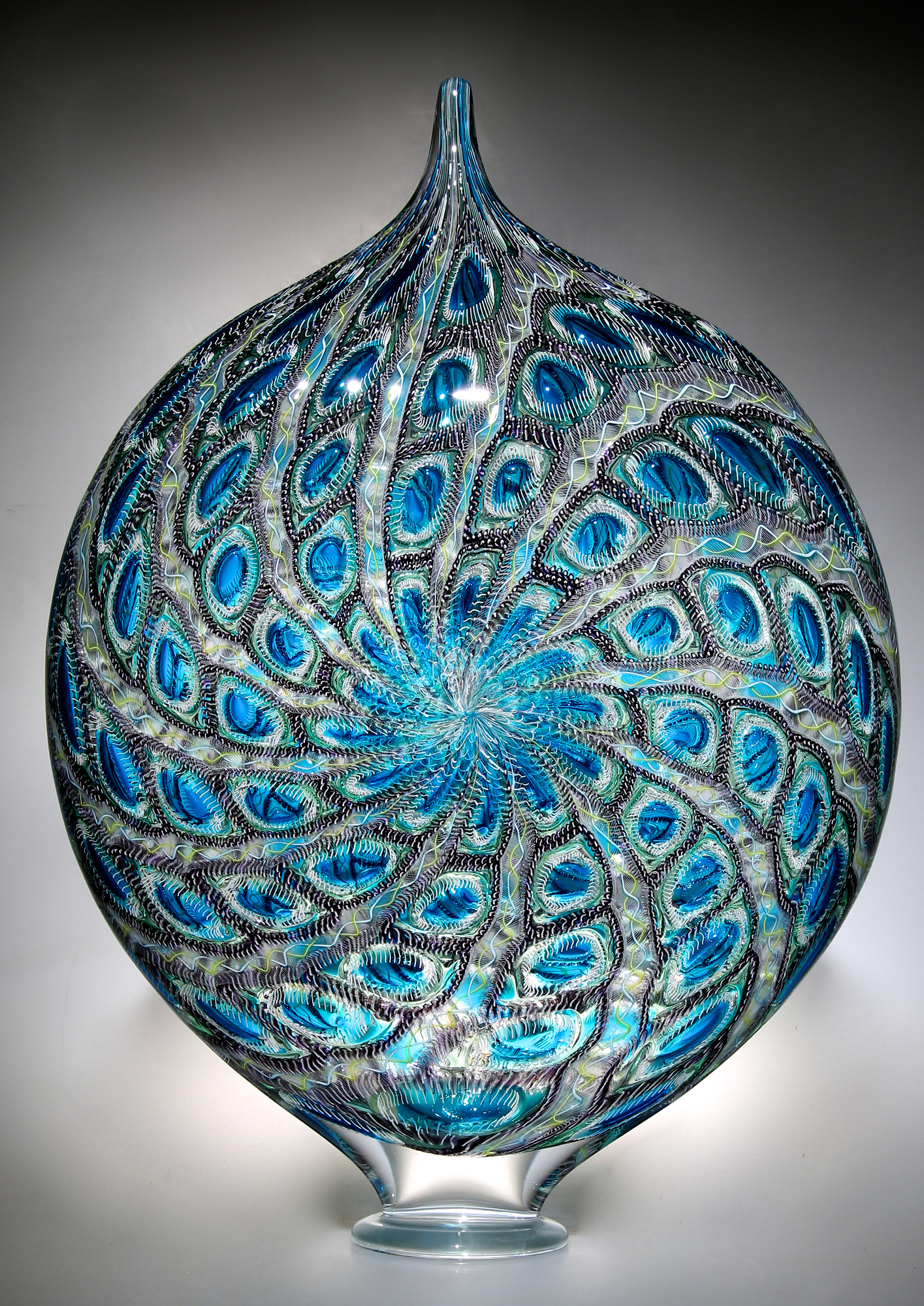
Movimento Gallery, based in London and Milan and a self-declared “incubator of talent where research, innovation and originality come first”, is also making its PAD debut. The gallery, which will showcase the creativity of its designers with the inaugural collection Divergence, featuring unique pieces created by each designer from the same block of marble, says that ‘PAD serves as a window into the world of functional art, offering the opportunity to explore diverse worlds, cultures and ideas all under one roof, Louis Décamps, courtesy of Patrick Fourtin; courtesy of PAD London for an entire week.’
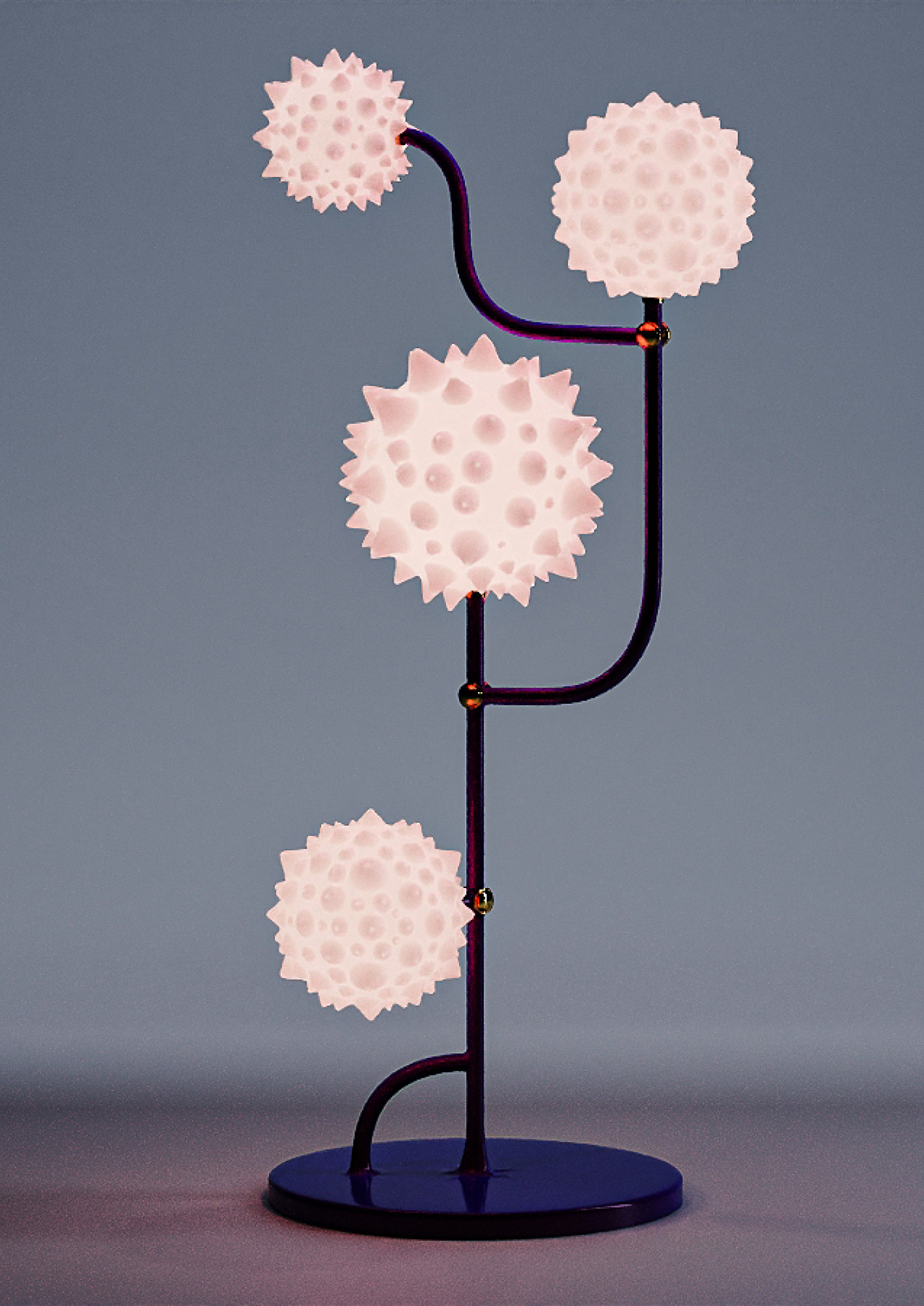
Meanwhile, Taras Yoom (born Taras Zheltyshev), has created his own universe (his website says that “he was a doctor before he became the captain of spaceship Popato-1 that explores the Yoomota universe”) and his presence at PAD London shows how wild and weird Perrin is willing to go. In his 20s, Yoom’s Yoomoota collection tells ‘a big story through sculptures, paintings, mixed media pieces, cartoons, storybooks and NFTs’. He describes his work as “meta art” and says he’s inspired by da Vinci, and on show at PAD London will be his collection of whimsical furniture that is about form rather than function. There’s the Inflated Ass chair in blue and green, the beige Lymphosofa and Magnum opus, a brightly coloured sculpture of a pill box labelled with five different categories: cerebrum, allergy, cardia, paritonaei and sexualis.
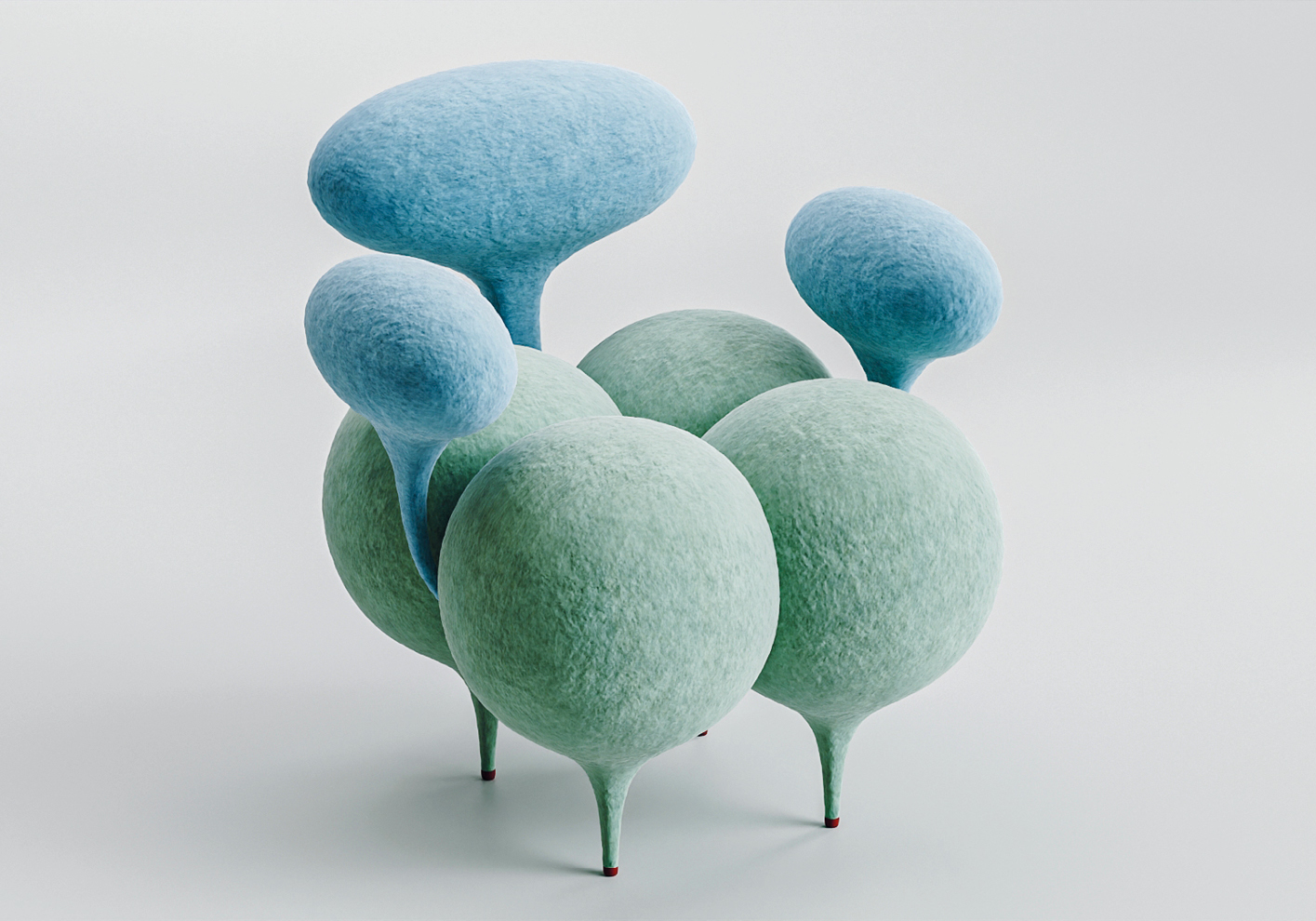
Some of the work at PAD London does feel wilfully eccentric, but maybe that’s the point; art fairs should be unsettling us, not just asking for our money. Maximilian Marchesani is an Italian-German artist with a background in gastronomy who is, according to his Milan-based gallery Nilufar, ‘obsessed with the search for harmony between technology and the organic world’. His PAD London offering, Ceiling lamp Vai O Stai, is made of earth, beech wood, aluminium, glass, animal hair, human hair, acrylic and rhodium-plated brass and is a genuinely fascinating balance of nature versus artifice. With LED lights dangling from twisted branches, it’s the kind of sui generis chandelier that would look equally at home at an upmarket campsite and a five-star hotel.
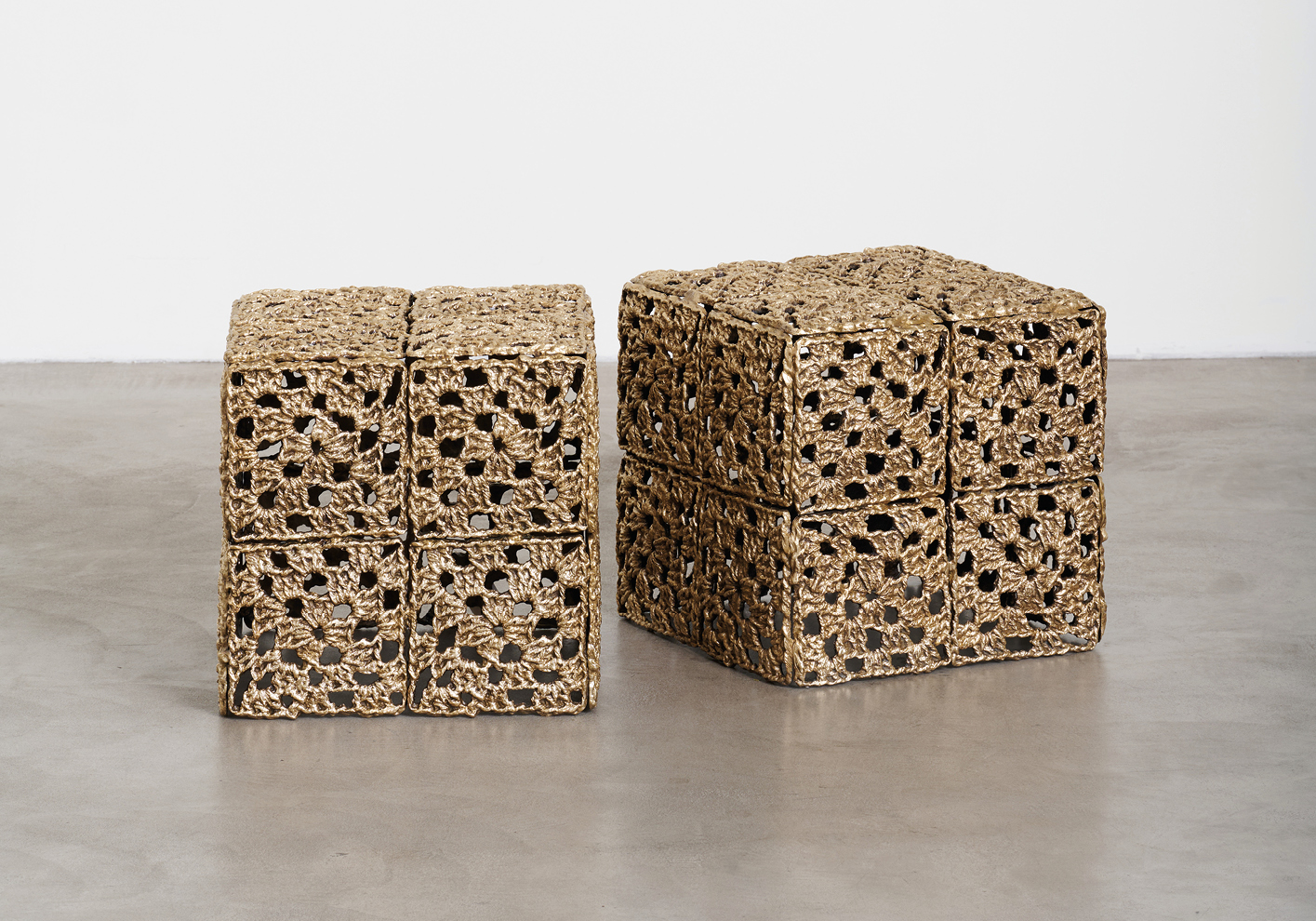
If animal hair isn’t exactly your thing, award-winning French sculptor Daniel Daviau is presenting Gustavo the Alpaca at the fair. Daviau works in bronze, often giving endangered species eternal life and his striking work has been exhibited at major art fairs around the world, including The Armory Show in New York and PAD Paris. Also working in beautiful russet hues is Allegra Hicks, represented by Nilufar gallery. Much like the work of her gallery mate. Marchesani, Hicks’s Metamorphosis Cube, a low table crafted from crocheted bronze, looks simultaneously ancient and modern.
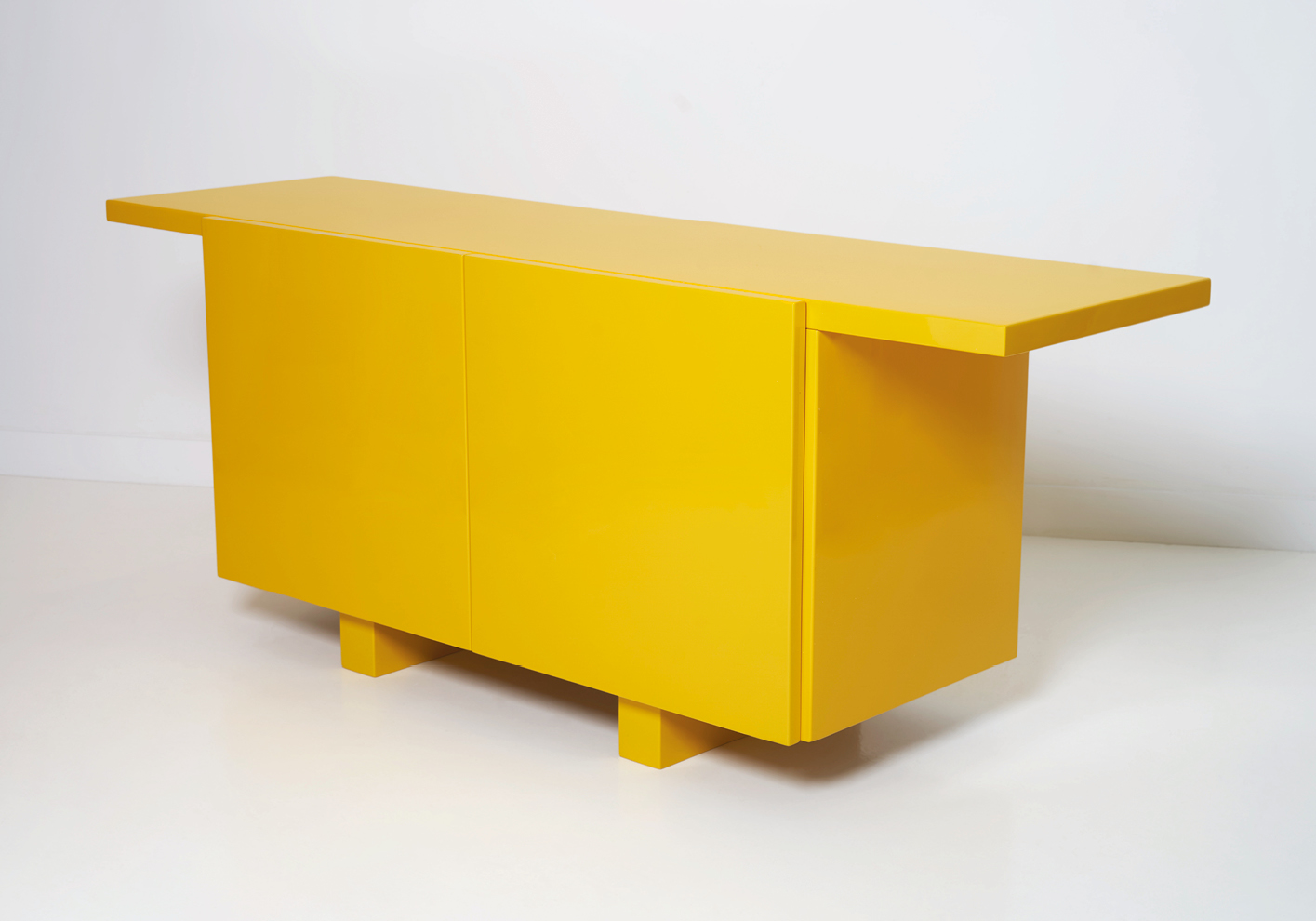
The joy of PAD London is its ability to seamlessly integrate art from different eras. Therefore, alongside contemporary works such as the crocheted bronze table, there will be a wealth of French mid-century furniture. London’s Portuondo Gallery will showcase the very curvaceous – and very rare – fibreglass Boomerang desk by the late French sculptor and designer Maurice Calka, while the Parisian Galerie Meubles et Lumières will feature a double-counterweight brass and lacquered metal floor lamp by Pierre Guariche, the late French designer and architect. There are other mid-century gems to watch out for too: T-chair by Ole Wanscher for AJ Iversen; a pair of armchairs with metal frame and red fabric by Roberto Menghi and the pair of armchairs NV45 by Finn Juhl for Niels Vodder.
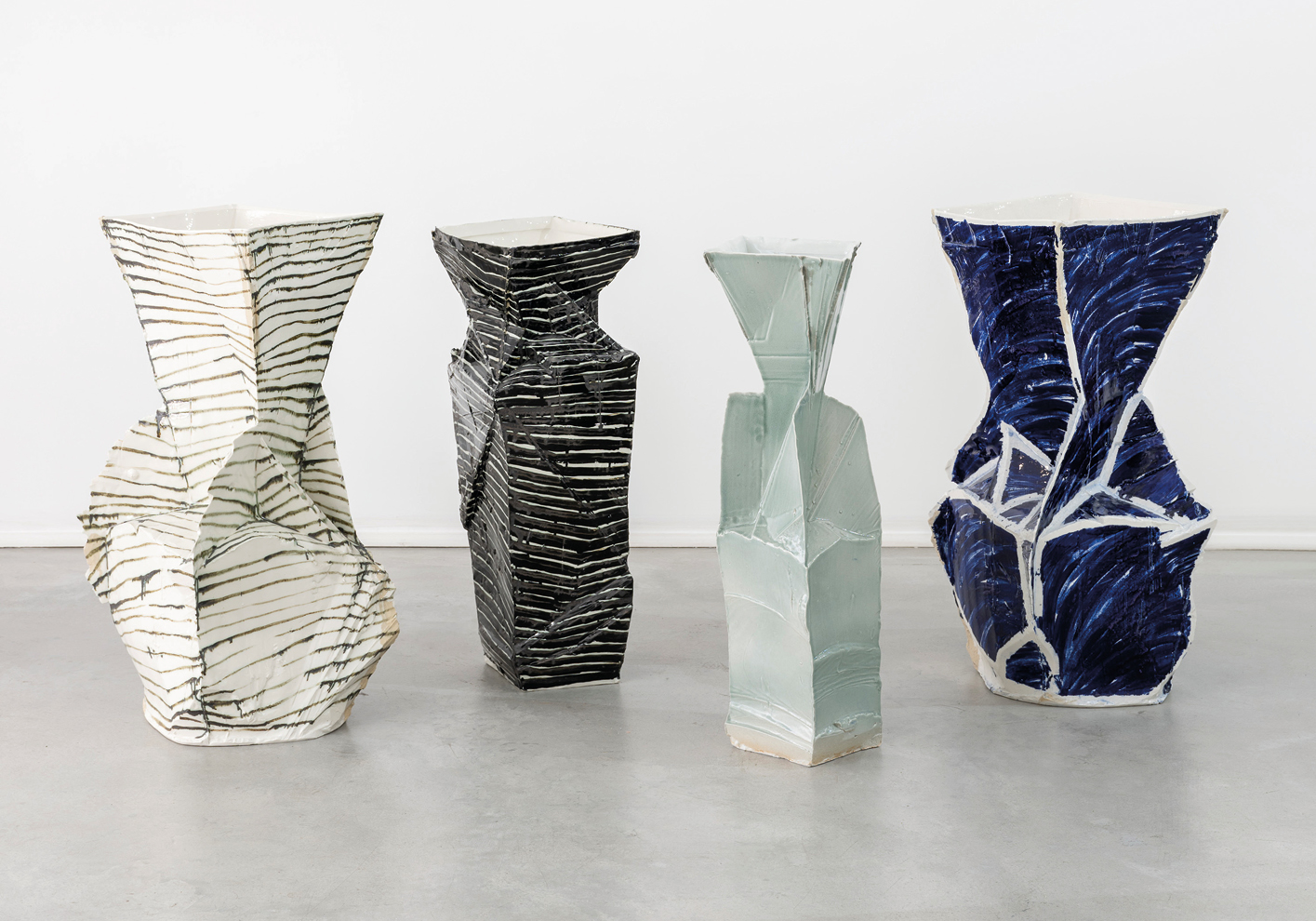
Inevitably, the Ones-to-Watch section is full of pleasant surprises. Rick Owens might still be better known as a fashion designer, but he’s been designing furniture since 2005, when his debut collection, inspired by Eileen Gray, Brâncusi and Californian skateparks, used raw plywood, marble and moose antlers. Represented by the Carpenters Workshop Gallery, his PAD London contribution is the angular and muscular Gallic Chair Tigre Plywood, made out of tiger plywood. By contrast, Kaori Tatebayashi is a Japanese-born ceramicist whose work is defined by its fragility. Working in hand-formed white stoneware, Tatebayashi recreates three-dimensional flowers and plants; June Garden in Oxfordshire is a delicate recreation of late-spring flowers that reminds us of their ephemeral nature.
As consumers become more sophisticated and interest in contemporary design expands – helped not only by the Design Museum and the V&A, but also by the international status of the Royal College of Art, Central Saint Martins and other UK art schools – so PAD London will become more successful and celebrated. Last year, 6,000 people attended the first day and this year it promises to offer an equally vibrant platform for design. PAD London is an exciting, boundary-pushing art fair that won’t play by the rules and that promises to have something for everyone.
PAD London runs 8-13 October 2024; padesignart.com

